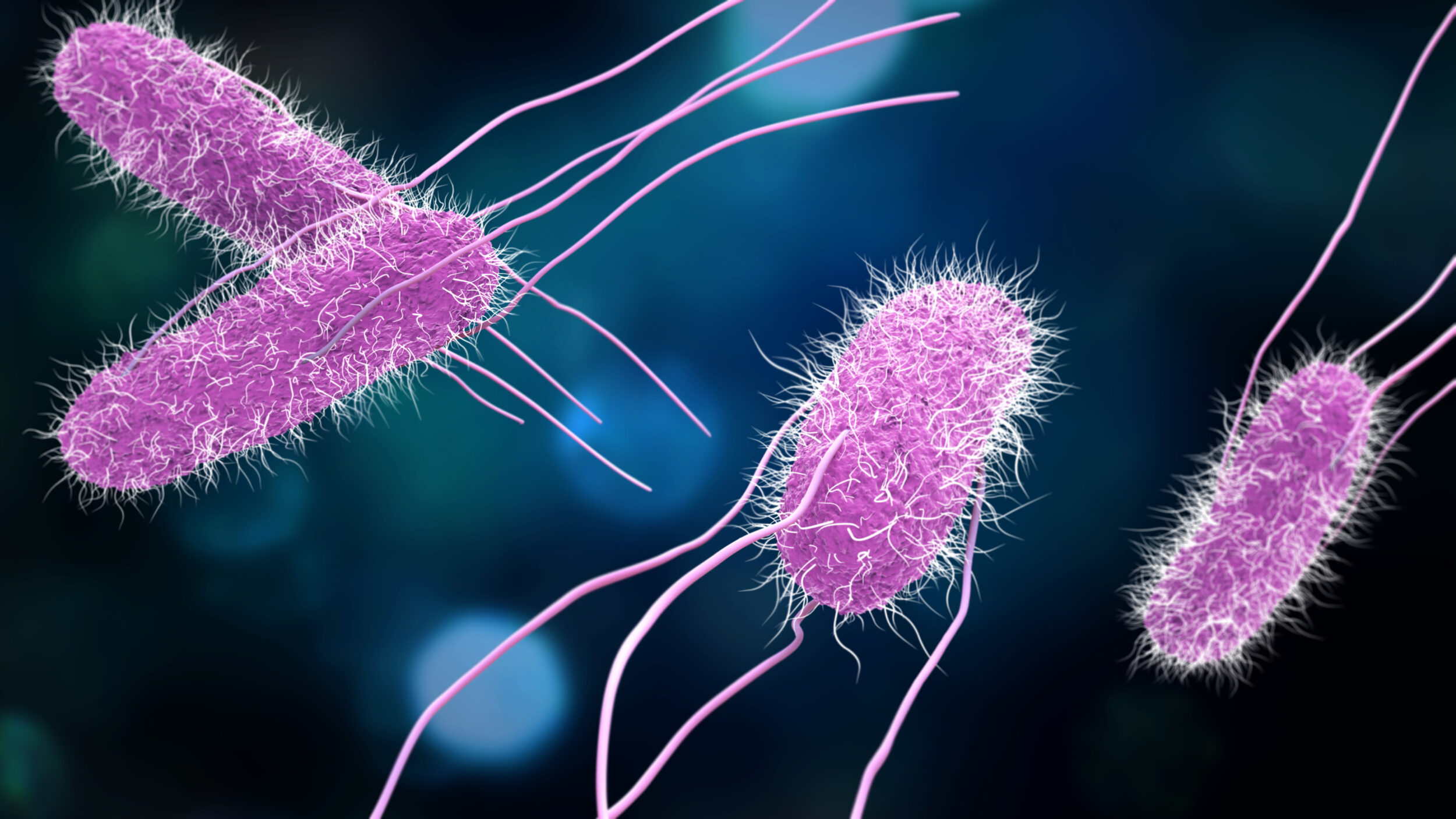Salmonella bacteria and Salmonella enterica in particular are known to cause significant health-related headaches. They are responsible for salmonellosis, an intestinal infection that causes diarrhea, fever and vomiting and can lead to meningitis and septicemia. But of most concern is the fact that the bacteria can be resistant to antimicrobials—a major worry for cattle and poultry farms, since the animals can no longer be treated with antibiotics. The result is a loss of productivity and high risk of transmission to humans.
Jennifer Ronholm, professor and researcher in the Department of Food Science and Agricultural Chemistry at McGill University, set out to study these increasingly resistant bacteria and find new ways of blocking them. Her ultimate goal is to develop a Salmonella-specific probiotic that could be added to animal feed and foods like yogurt, for example.
With that in mind, she is working to better understand Salmonella’s invasion strategies in animal and human microbiotas. Indeed, a few years back, scientists identified a system that releases proteins meant to attack good intestinal bacteria. Salmonella inserts a type of needle that injects toxins into the bacteria it is fighting. However, some good bacteria seem to have their own defense and response mechanism, since certain animal species and individuals are unaffected by salmonellosis.
Professor Ronholm and her team are exploring this avenue by infecting mice with salmonella. After finding that some, but not all, of the mice had resistant microbiotas, the researchers are now trying to grasp how bacteria are able to ward off salmonella. Their analyses rely on different species of good bacteria to identify those that are resistant to various strains of salmonella. The experts hope to eventually be able to use the anti-salmonella bacteria to make probiotics.




